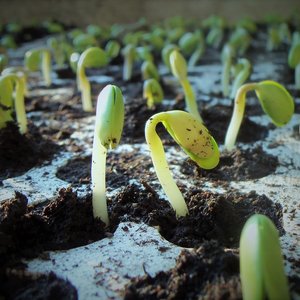In its latest report, IFFO shared that the cumulative total fishmeal production during the first three months of 2023 was up by more than 36% compared to the cumulative production reported through March 2022. Most regions have started the year with improved availability of raw materials. The larger production of fishmeal in Peru, due to the late start of the second fishing season in the North-center area of the country, is the main driver of such an increase.
As for fish oil, the total cumulative output in the first three months of 2023 was down 9% year-over-year, mainly driven by the drop in the fish oil production reported in the Icelandic and North Atlantic areas.
China’s marine ingredients and aquafeed production remains subdued
In 2022, China’s domestic fishmeal output remained lower than in previous years. For 2023, China’s domestic fishmeal supply based on whole fish supply is not expected to see substantial growth due to the policy steering. However, the role played by fishery byproducts is expected to increase in the future.
The fast-growing ready-to-cook aquatic dish sector brings more aquaculture species from restaurants to processing plants, such as snakehead, golden pomfret and catfish. Although byproducts thus generated are still out of scale now, they are expected to become important raw materials for fishmeal and fish oil production later. Pangasius farming is at the initial stage in China now. It might be another key source of byproducts for fishmeal production in the future.
For now, though, weak global market demand and extensive losses suffered by tilapia farmers in south China in 2022 might result in a considerable drop in tilapia farming volume in 2023, hence a shorter supply of byproducts for fishmeal production.
Fishmeal imports are expected to continue to be important to fill the gap in domestic supply. In Q1 2023, Peru continued to lead supplies to China, while India and Vietnam both made obvious year-on-year growth.
In 2022, China’s domestic fish oil output was lower than in previous years. The small size and low-fat content of whole fish resulted in inferior oil yield although the oil rate of fishery byproducts remained stable. In terms of fish oil imports, decreased fish oil output in traditional suppliers of Peru and Vietnam forced Chinese buyers to turn to other sources such as Chile, Morocco, and Malaysia.
Aquaculture has generally been troubled by overstock in the first quarter of this year, which not only weighed on prices but also delayed the first round of restocking. Aquafeed output in the first quarter of 2023 are expected to have moved down when compared to last year. Fishmeal and fish oil demand will therefore likely be lower in the short term. Economic recovery in the post-pandemic era is slowly improving demand for aquatic and pig products. According to security markets analysis, consumer confidence is low at present in China, but expenditure on tourism is rebounding significantly, which in turn is expected to revive the food catering sector.










